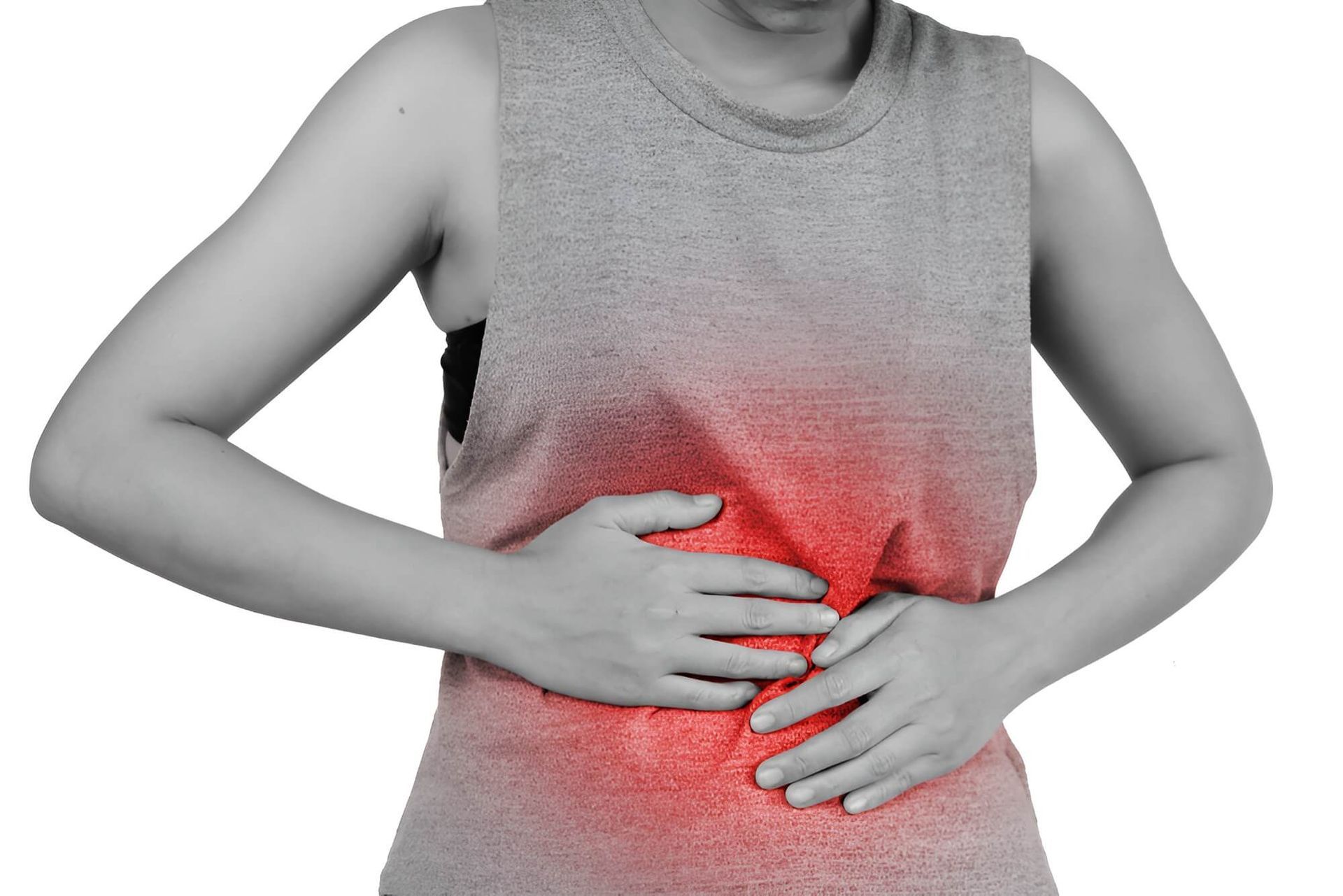We Treat Reflux, Heartburn & Hiatal Hernia in Brisbane
Wide Range of Surgical Treatments
Support for Enhanced Recovery After Surgery (ERAS)
Non-Judgemental Practitioners
What Is Reflux & Heartburn?
Reflux (Gastro-Oesophageal Reflux Disease – GORD) is a very common condition, affecting 15-20% of the Australian population. It is variably referred to as heartburn, indigestion or acid reflux. It is usually mild, intermittent and caused by lifestyle factors (overeating, smoking, excess alcohol, being overweight). It usually responds to medicines (usually proton pump inhibitors, ‘PPIs’) which decrease the amount of stomach acid produced. If symptoms are severe, affecting your sleep and quality of life, laparoscopic hiatus hernia repair and fundoplication becomes a very good treatment option. This involves repairing any associated hiatus hernia and reinforcing the natural antireflux valve using the 'fundus' part of the stomach.
Causes Of Reflux & Heartburn
Reflux is caused by dysfunction of the natural barriers to reflux of stomach juices into the oesophagus (food swallowing pipe). In the healthy state, stomach acid and enzyme production increases after food, but the lower oesophageal sphincter muscle (valve) between the oesophagus and stomach prevents digestive juices from refluxing back up into the oesophagus. This balance can be affected by the following:
- Hiatus Hernia: The junction between the oesophagus and stomach, containing the sphincter valve, slips up into the chest, reducing the valve’s function.
- Oesophageal Dysmotility: Dysfunction of the food pipe’s ability to contract and push food and refluxed acid back into the stomach.
- Large meals and late dinners: these habits increase reflux after meals, especially if lying flat in bed too soon after dinner.
- Overweight & Obesity: Being overweight increases the pressure in your abdominal cavity. This makes reflux of stomach acid more common, but also makes it harder for your food pipe to push food and acid back down into the stomach. Furthermore, hiatus hernias become more common when people are overweight.
Symptoms Of Reflux & Heartburn
Reflux symptoms are generally divided as follows:
Typical
Heartburn: Burning behind the breastbone.- Regurgitation: Stomach contents flushing back up into the food pipe or throat. This often worst when lying flat or bending forwards.
- Dysphagia: Swallowing difficulty, due to inflammation and dysfunction of the food pipe.
Atypical
- Chest pain.
- Ear pain.
- Throat pain / laryngitis.
- Voice hoarseness and cough.
- Sinus problems.
- Chest infections, pneumonia, asthma, lung damage.
- Throat clearing: a constant need to clear your throat and swallow.
- Dry, sore throat.
- Tooth damage.
- Burning or metallic taste in the mouth; bad breath.
Reflux & Heartburn Tests
All patients with severe reflux should have an upper endoscopy to assess for hiatus hernia and Barrett’s oesophagus. This is a simple, 5-minute day procedure performed under sedation. It requires you to be fasted for 6 hours prior, and to have someone to go home with you afterwards.
Depending on these results and your symptoms, more detailed testing may be necessary:
- Oesophageal pH Studies (acid testing) & Manometry (Pressure Testing): These clarify more accurately whether or not reflux disease or food pipe dysfunction are causing your symptoms.
- Barium Swallow: Dye swallowing test done in an Xray department.
- Nuclear Medicine Study: Used when looking for laryngopulmonary reflux (LPR), when other tests have been normal.
Making a diagnosis of GORD is about proving that your symptoms are coming from the abnormal presence of stomach juice in the oesophagus. If this is the case and your symptoms are severe, or not managed well with medicines and lifestyle changes, laparoscopic hiatus hernia repair and fundoplication may be appropriate.
Giant hiatus hernia
A giant hiatus hernia simply refers to a much greater proportion of the stomach herniating up into the chest. This can sometimes involve the whole stomach.
Patients with a giant hiatus hernia will often develop quite different symptoms. These can include early fullness when eating, chest pain and shortness of breath. Iron deficiency anaemia is a common finding, due to chronic low grade blood loss from small ulcerations in the stomach.
Surgery to repair a giant hiatus hernia is very similar to the usual hiatus hernia repair and fundoplication. However, hernia recurrence rates can be significantly higher.
Related Information
New Paragraph













